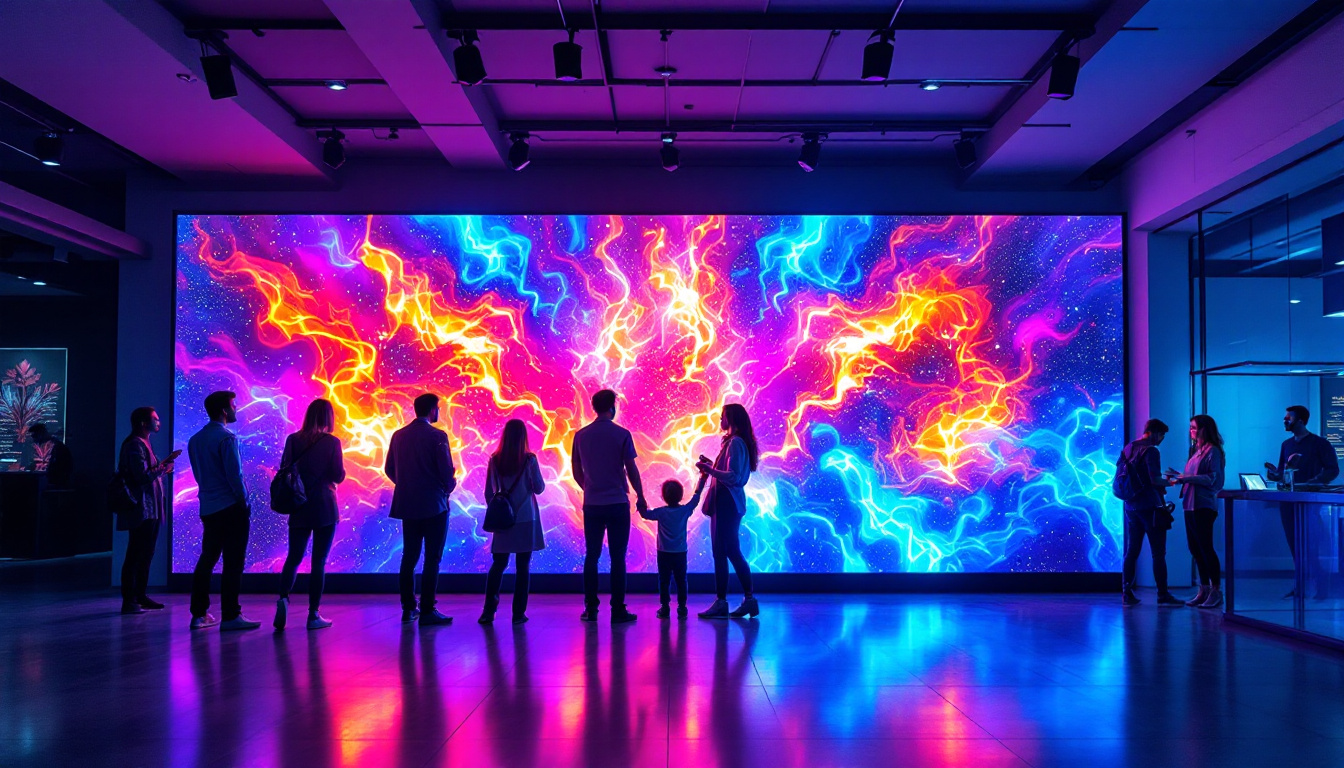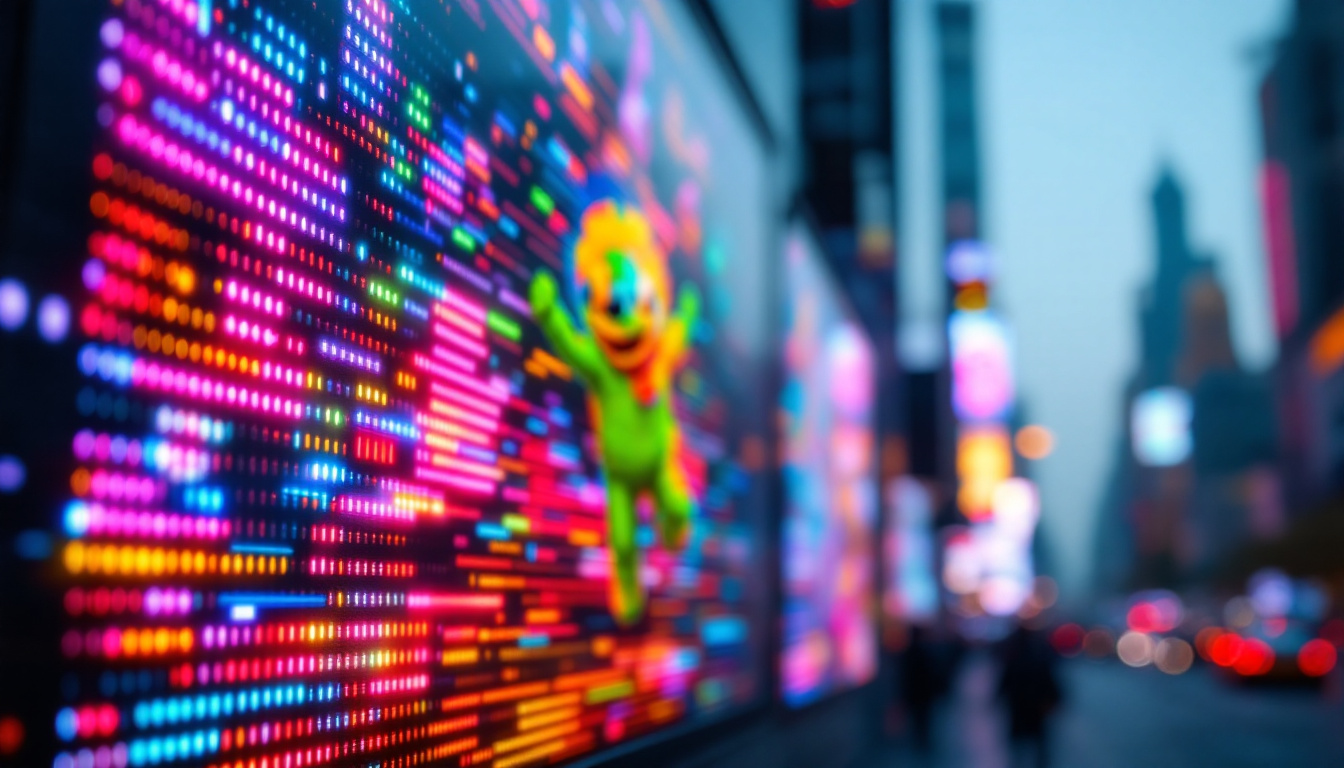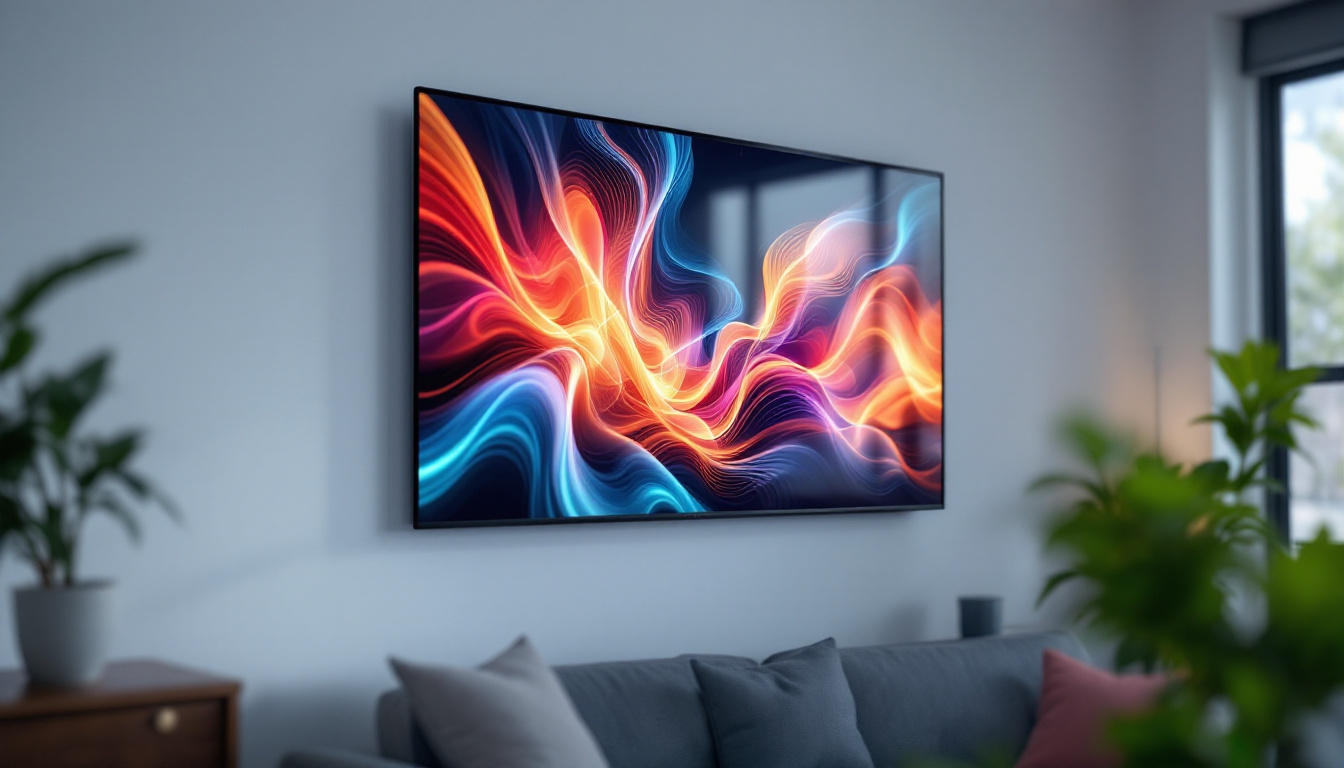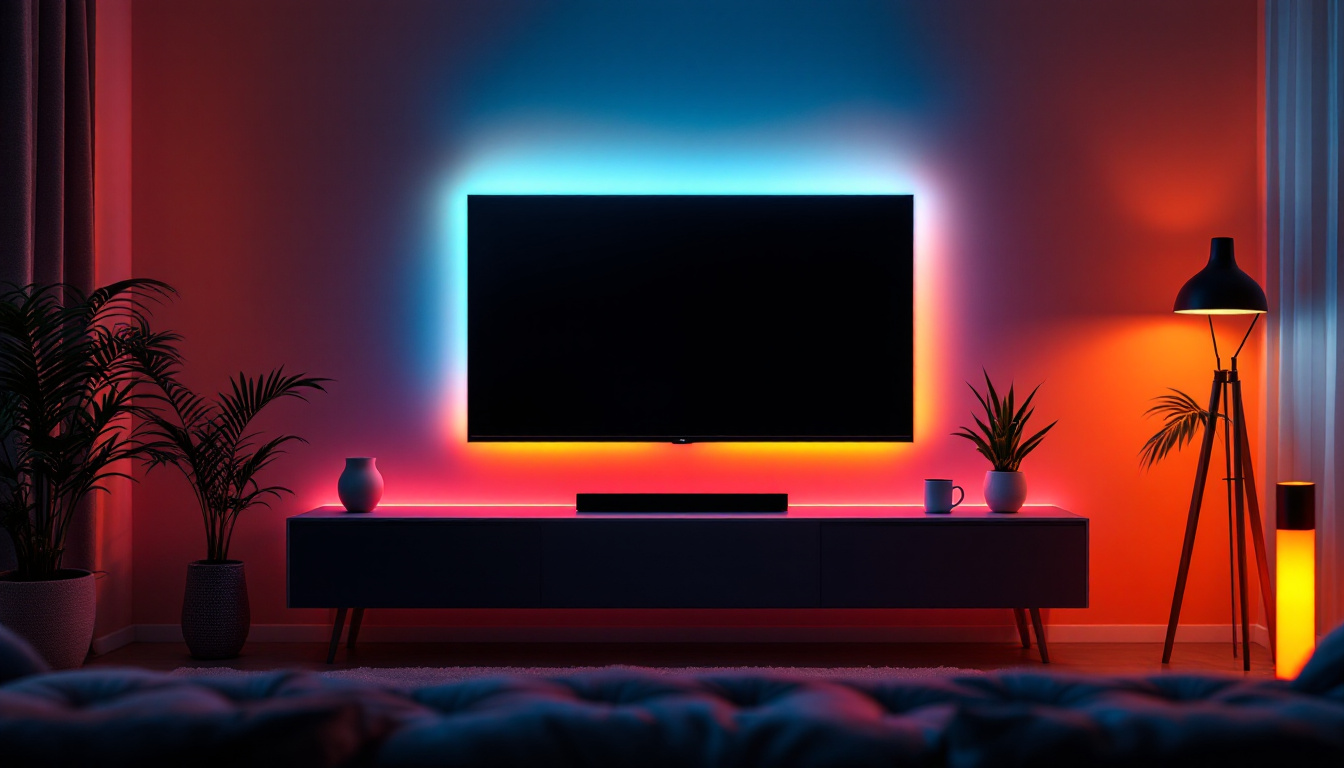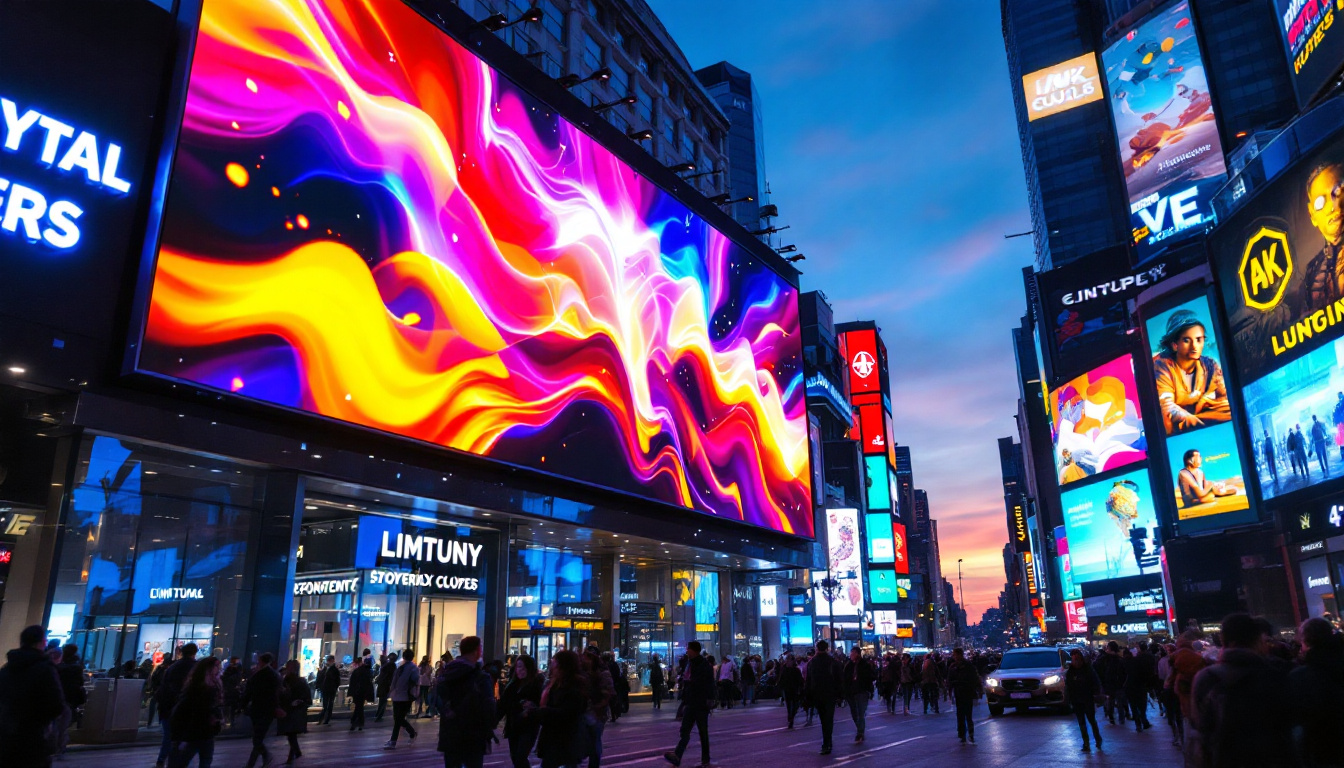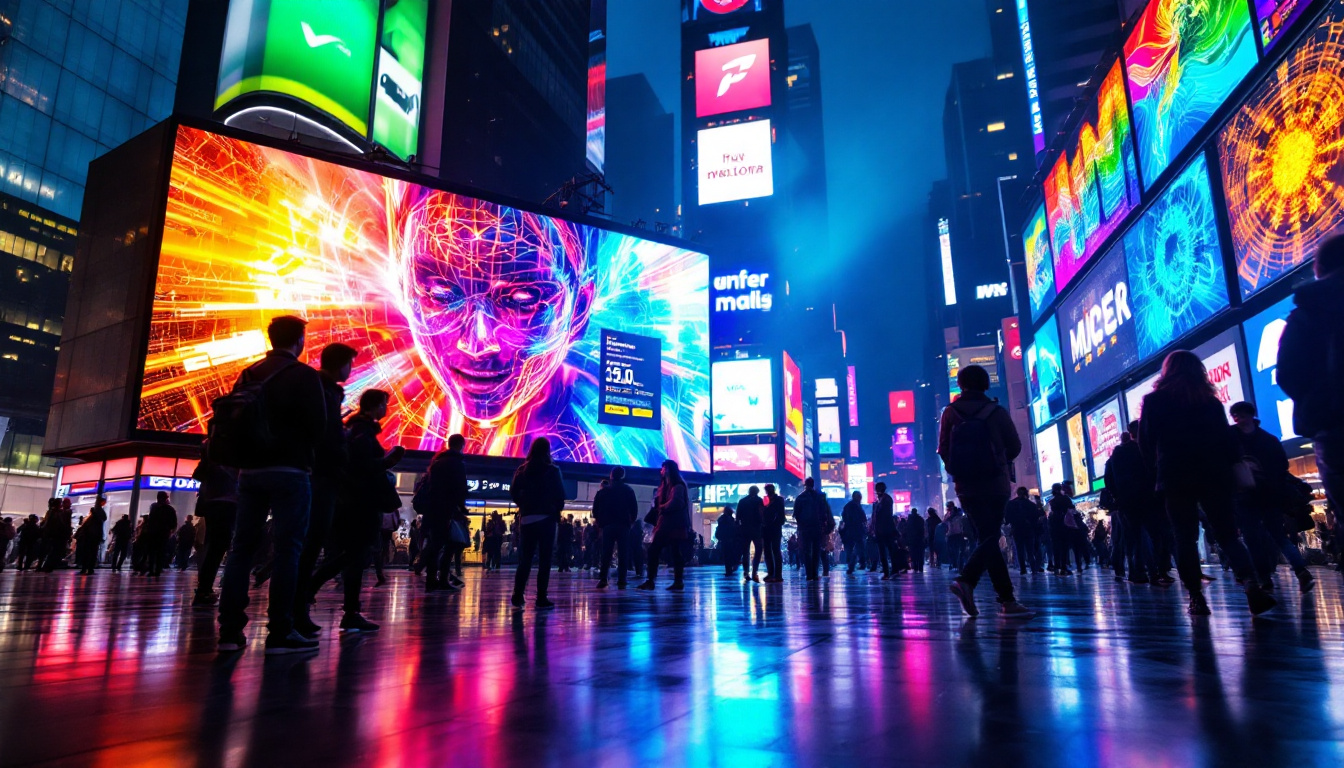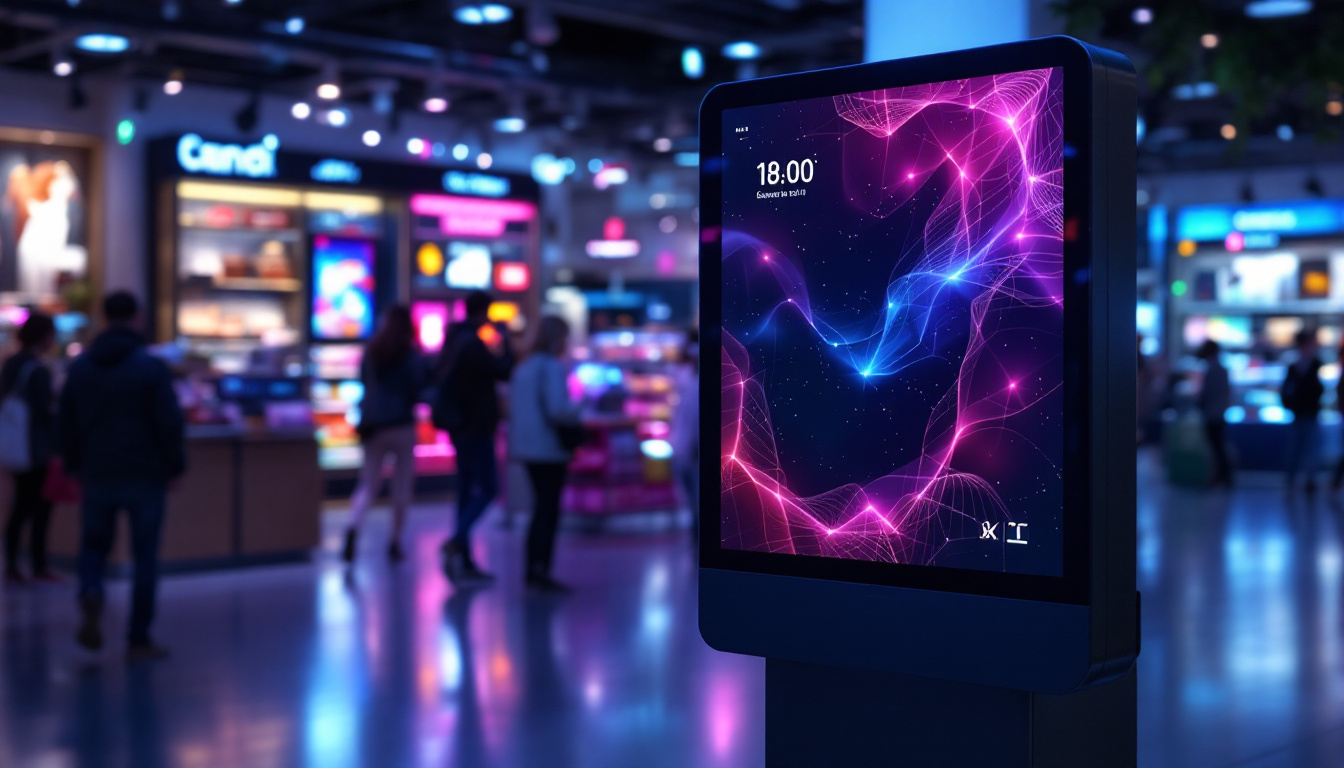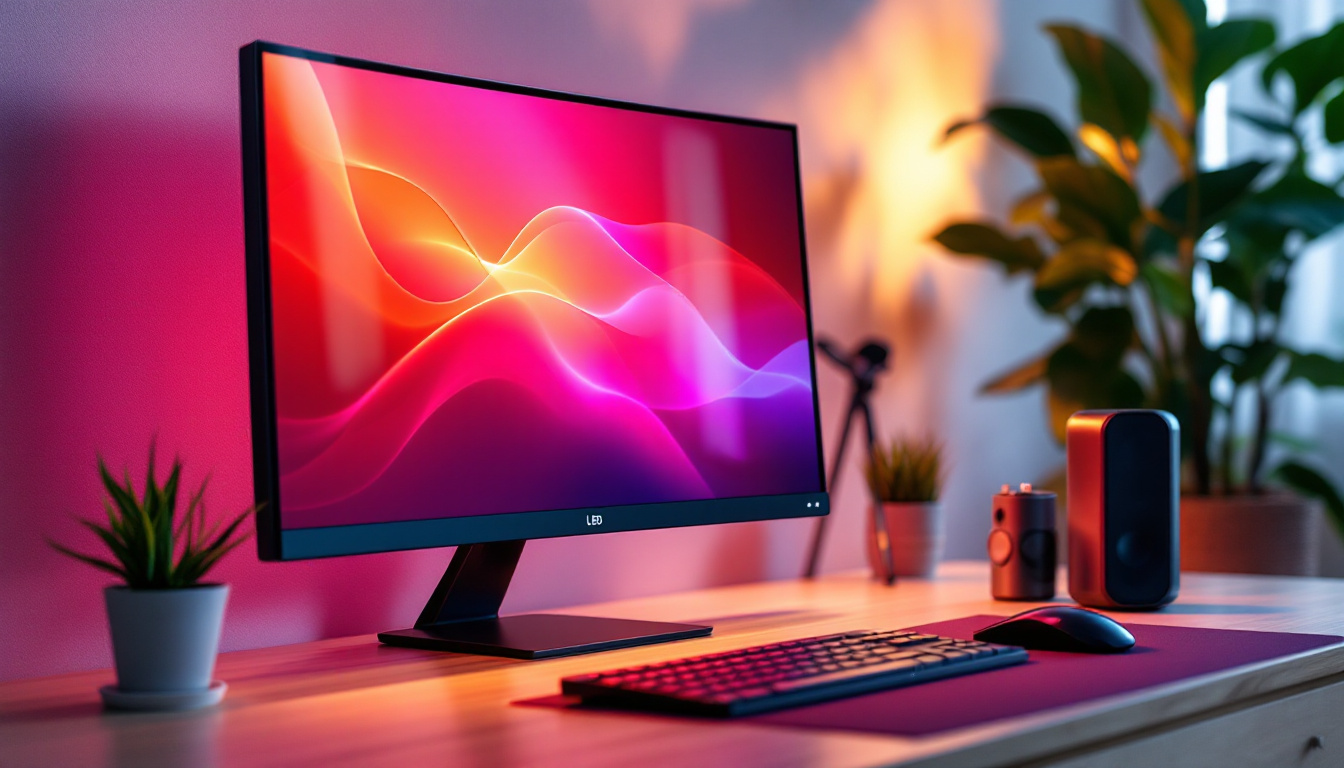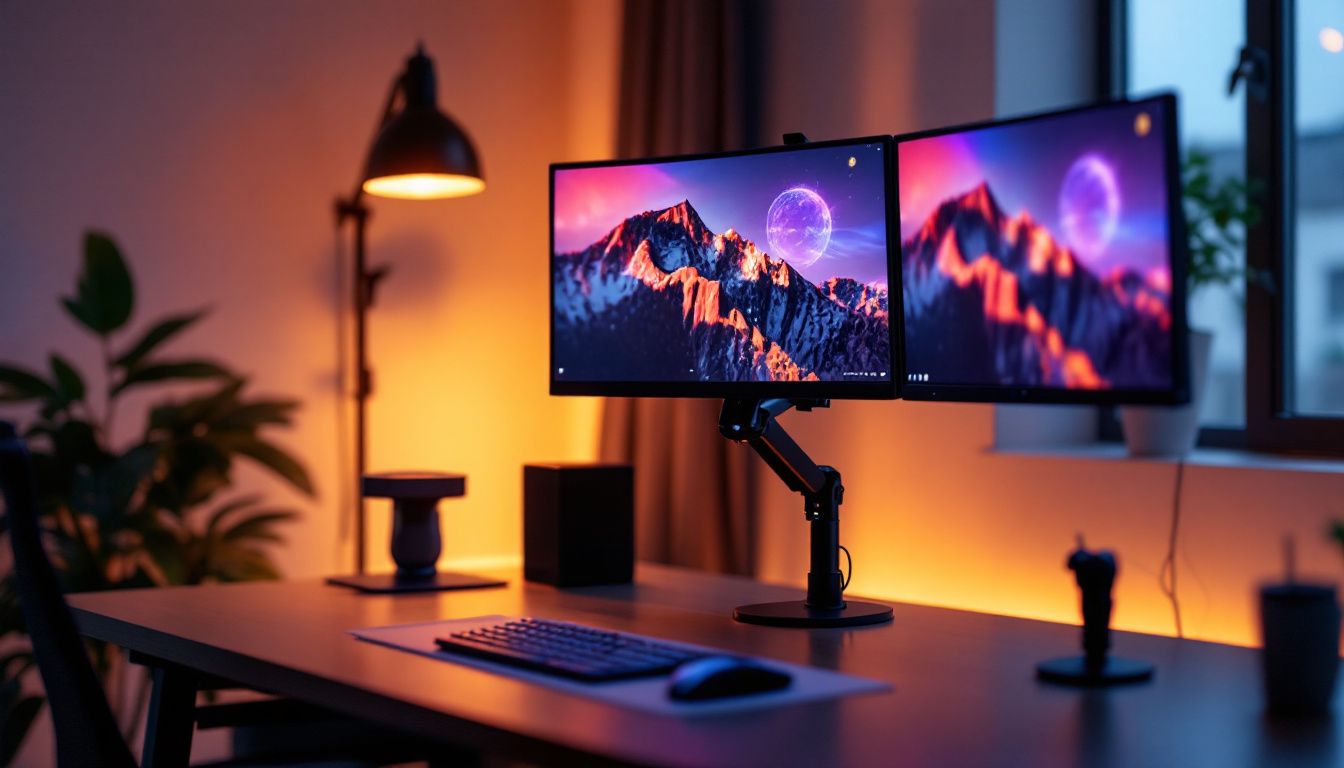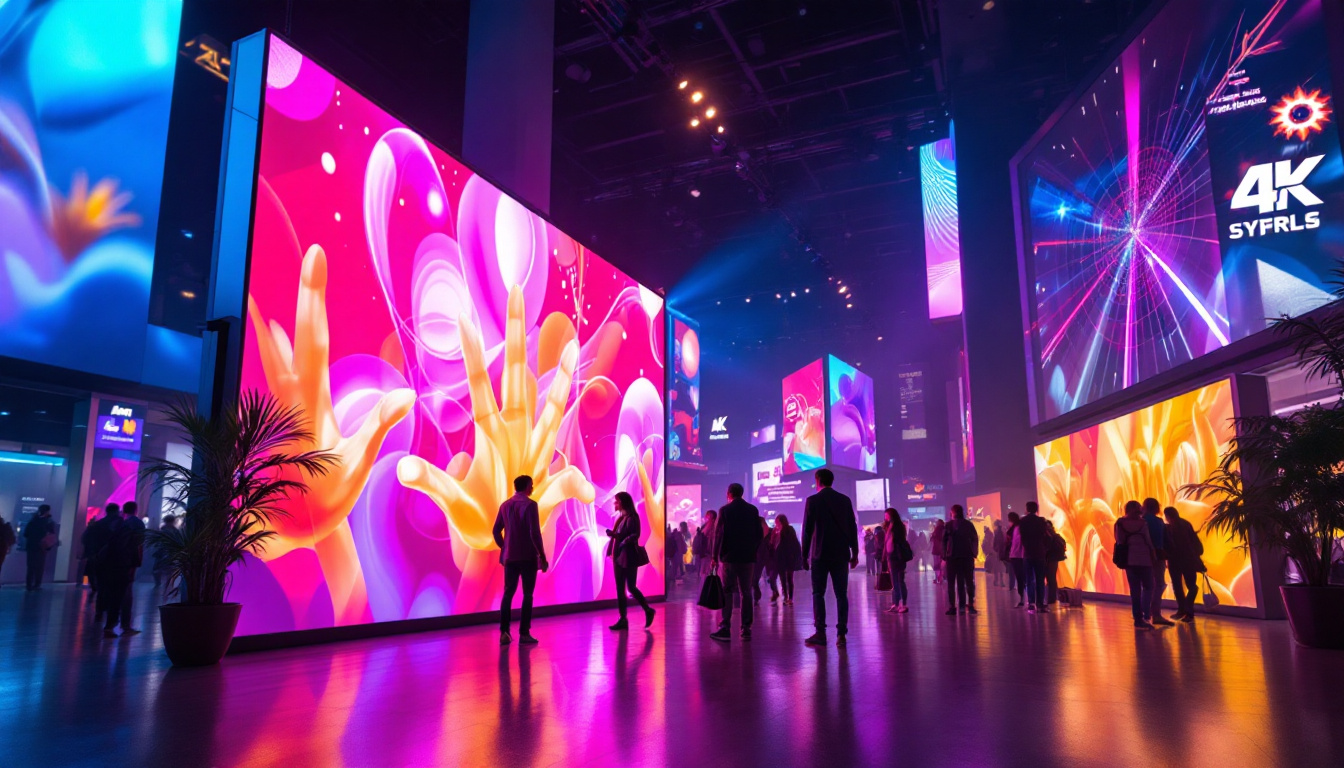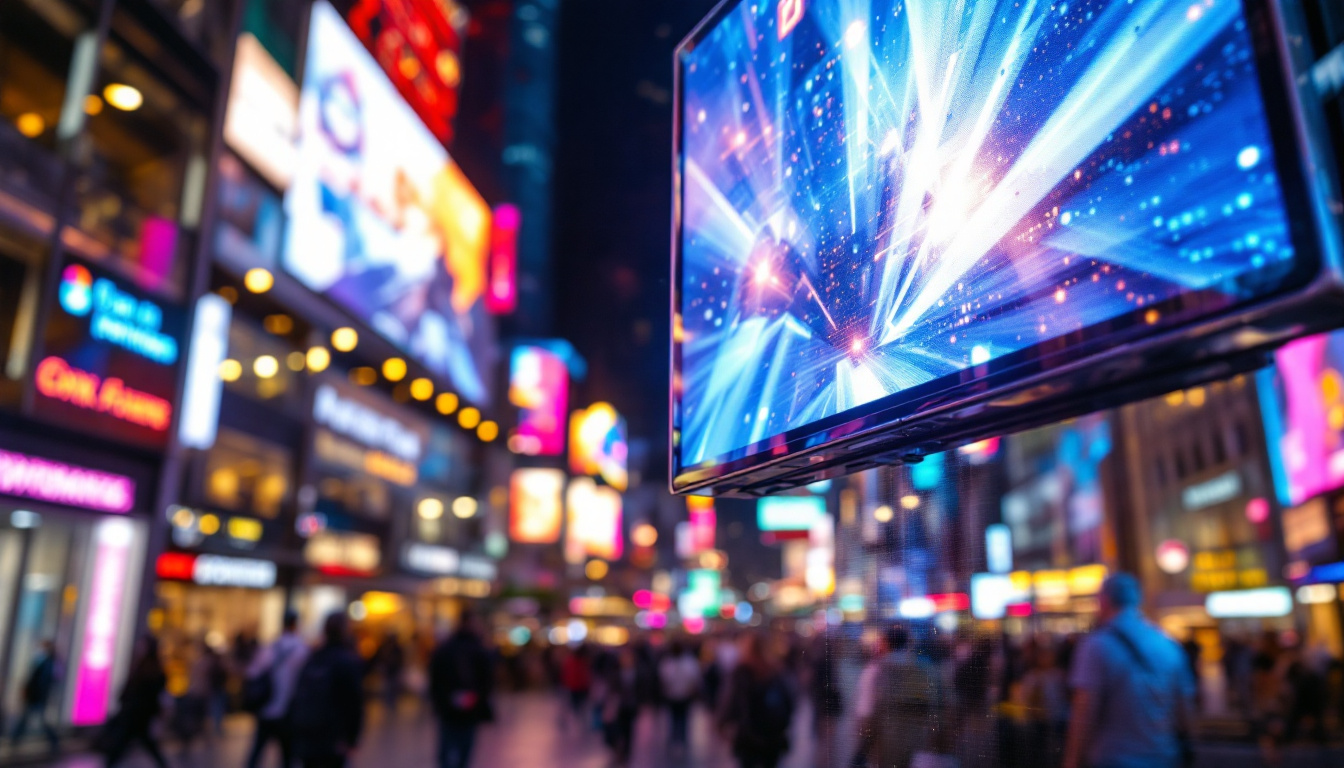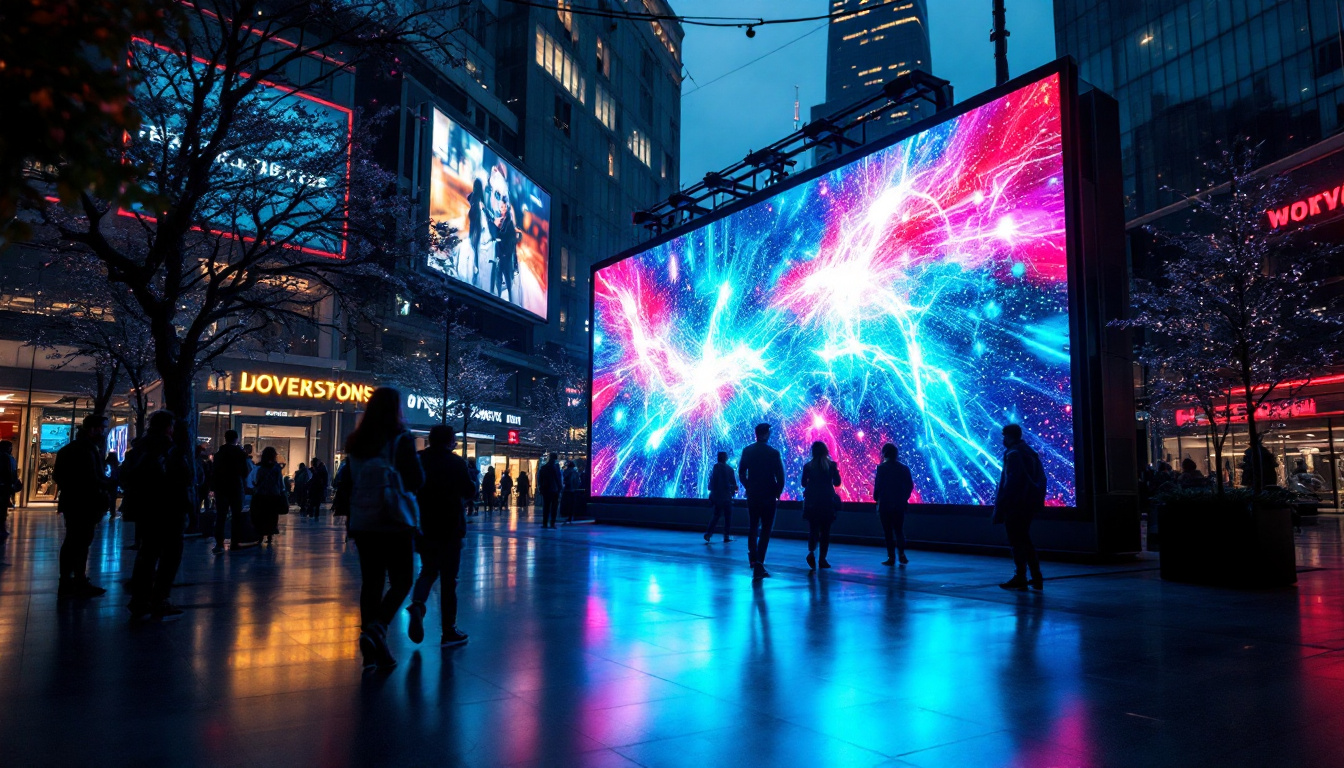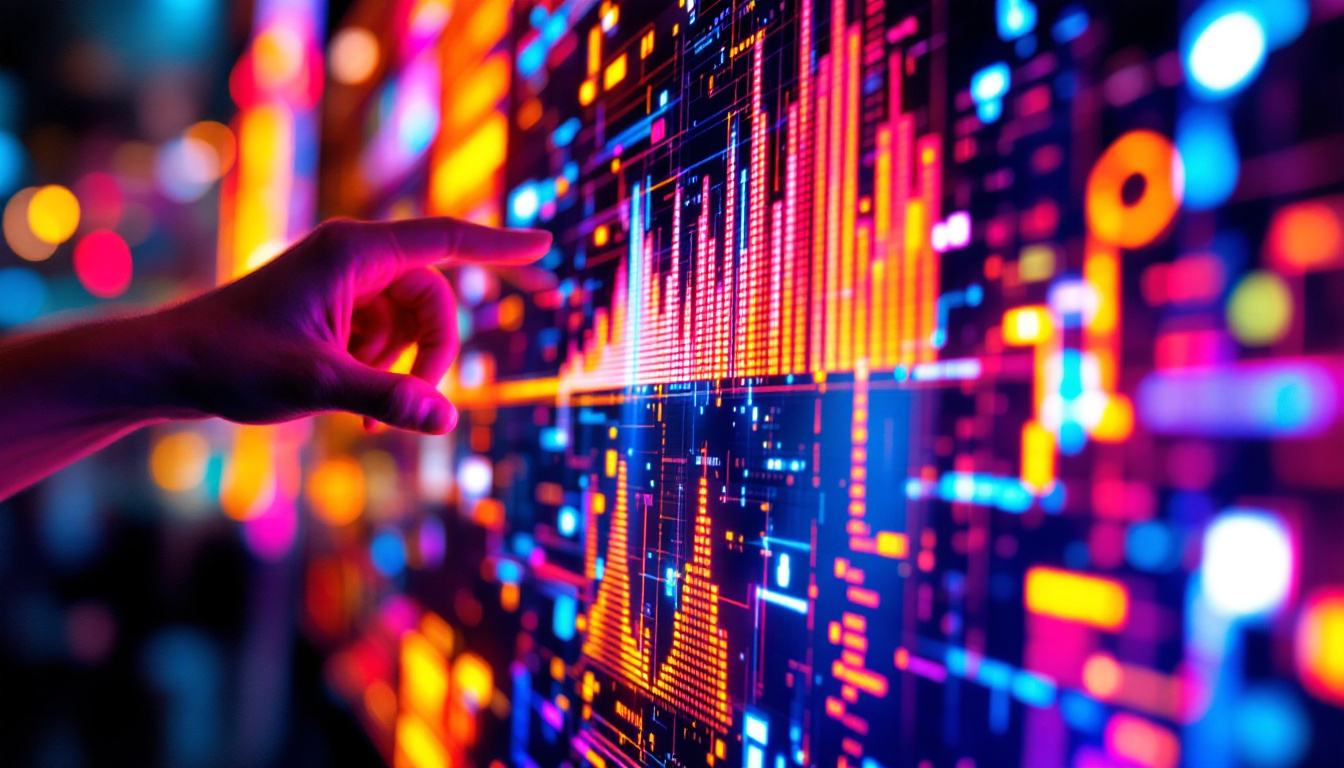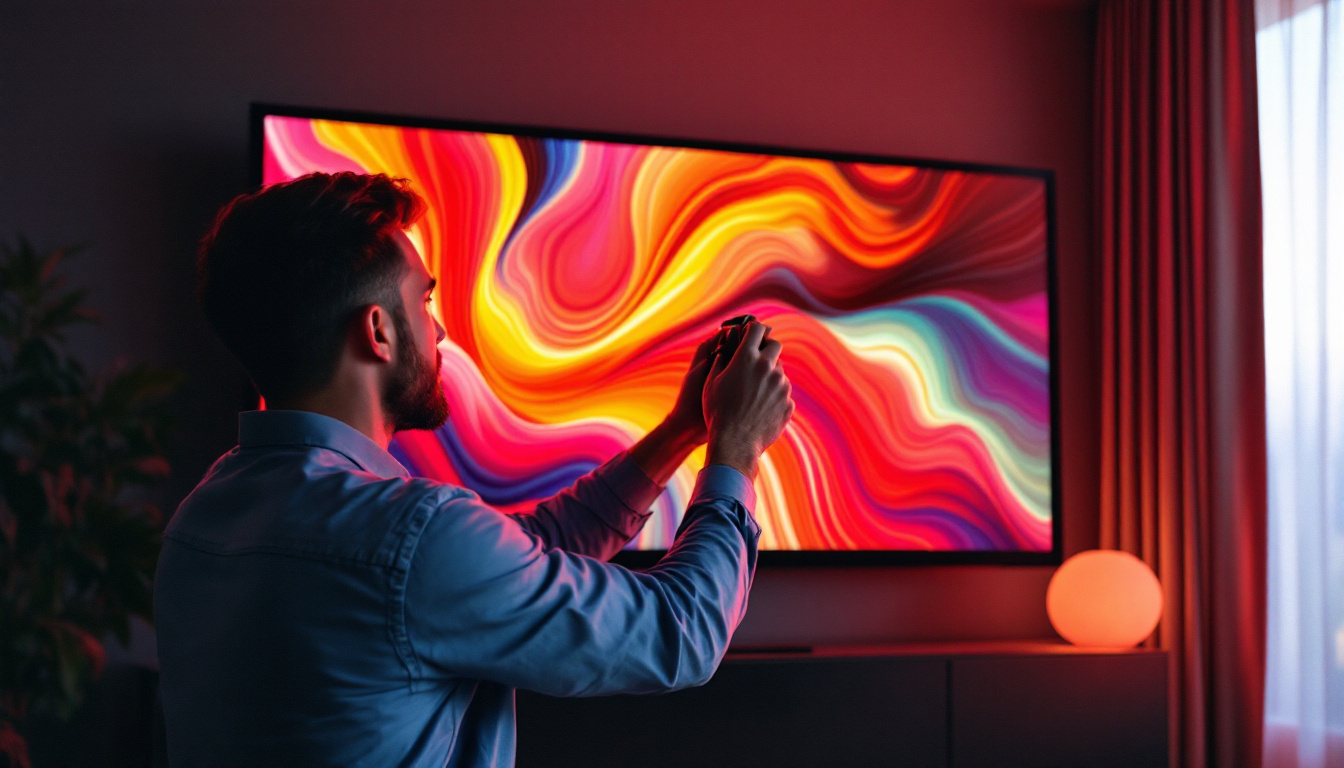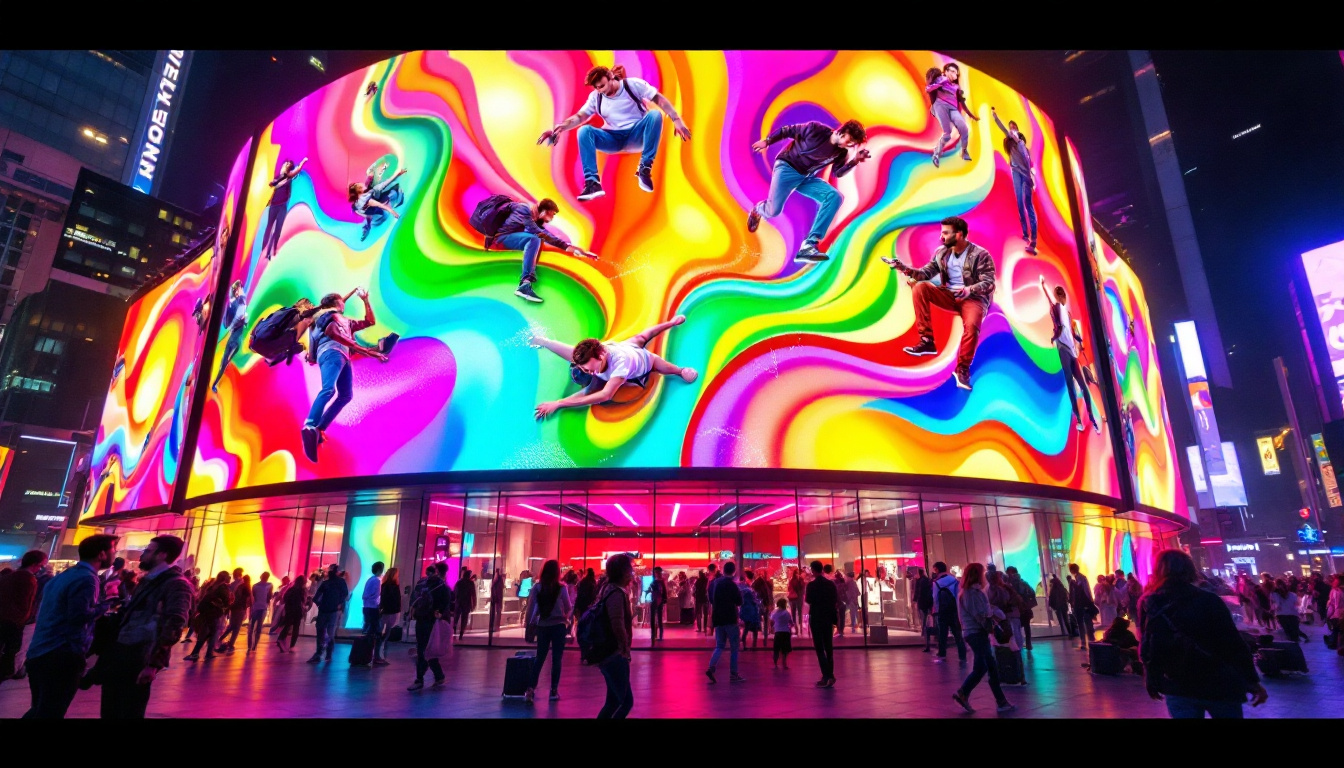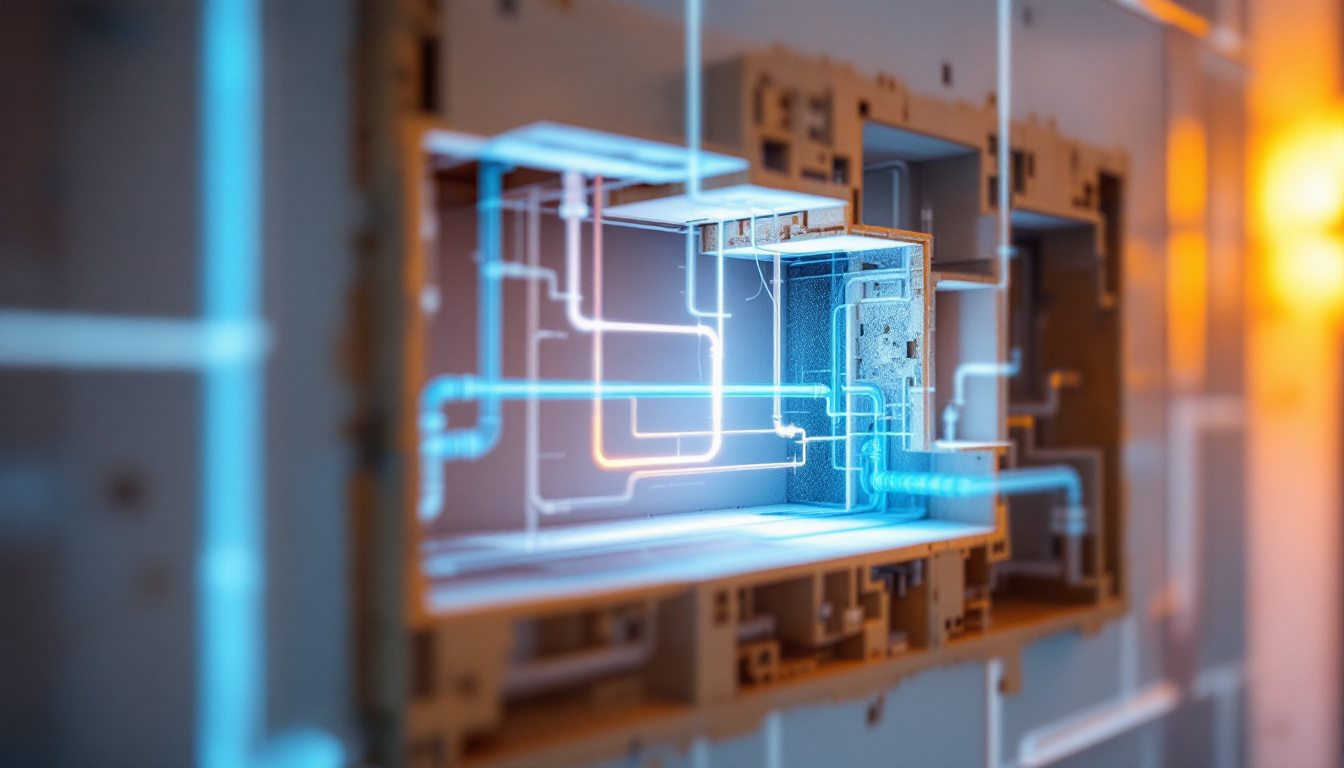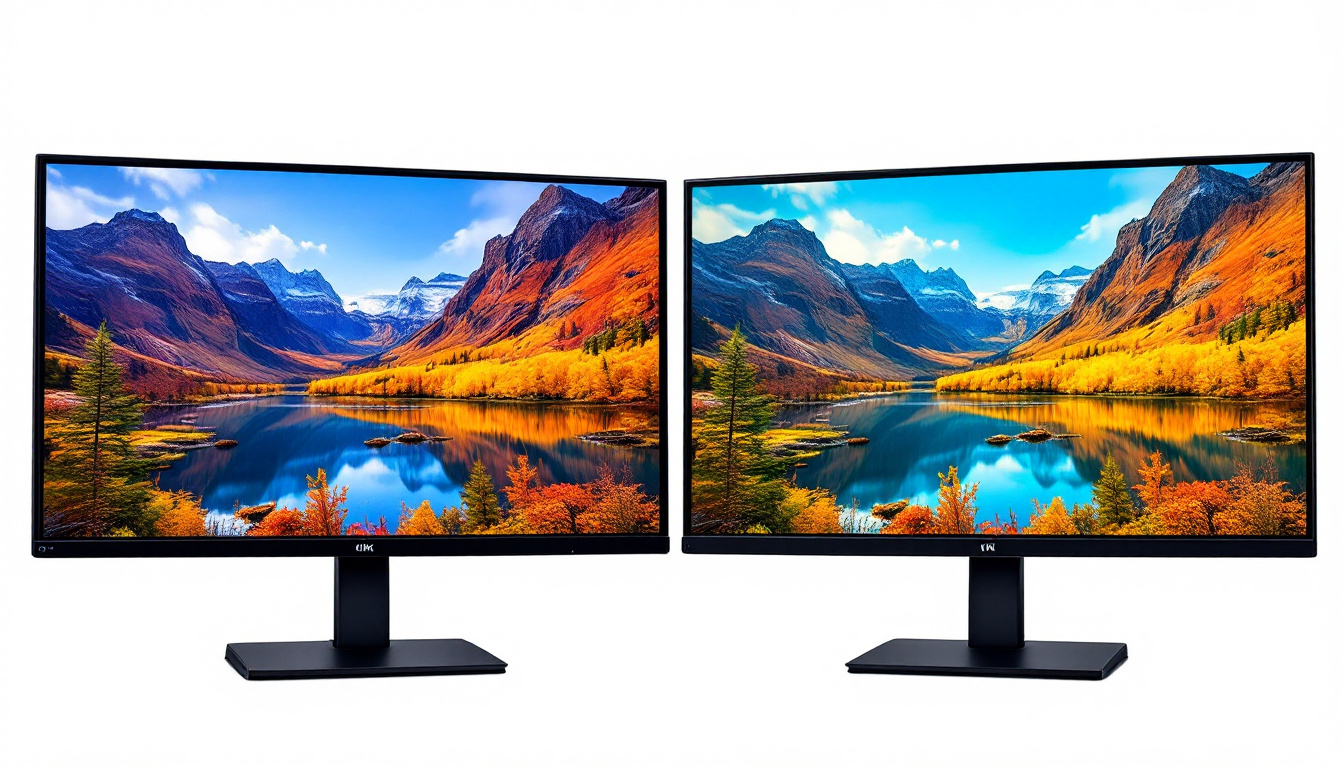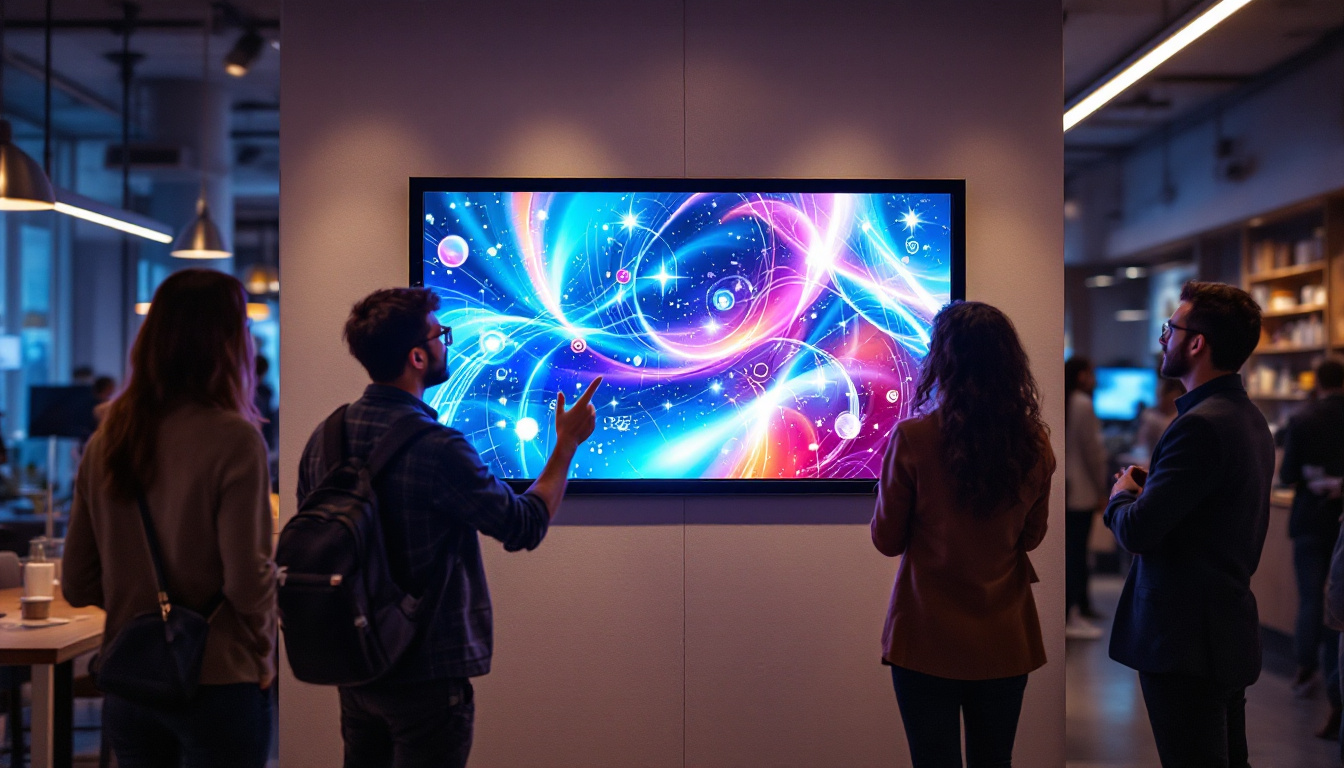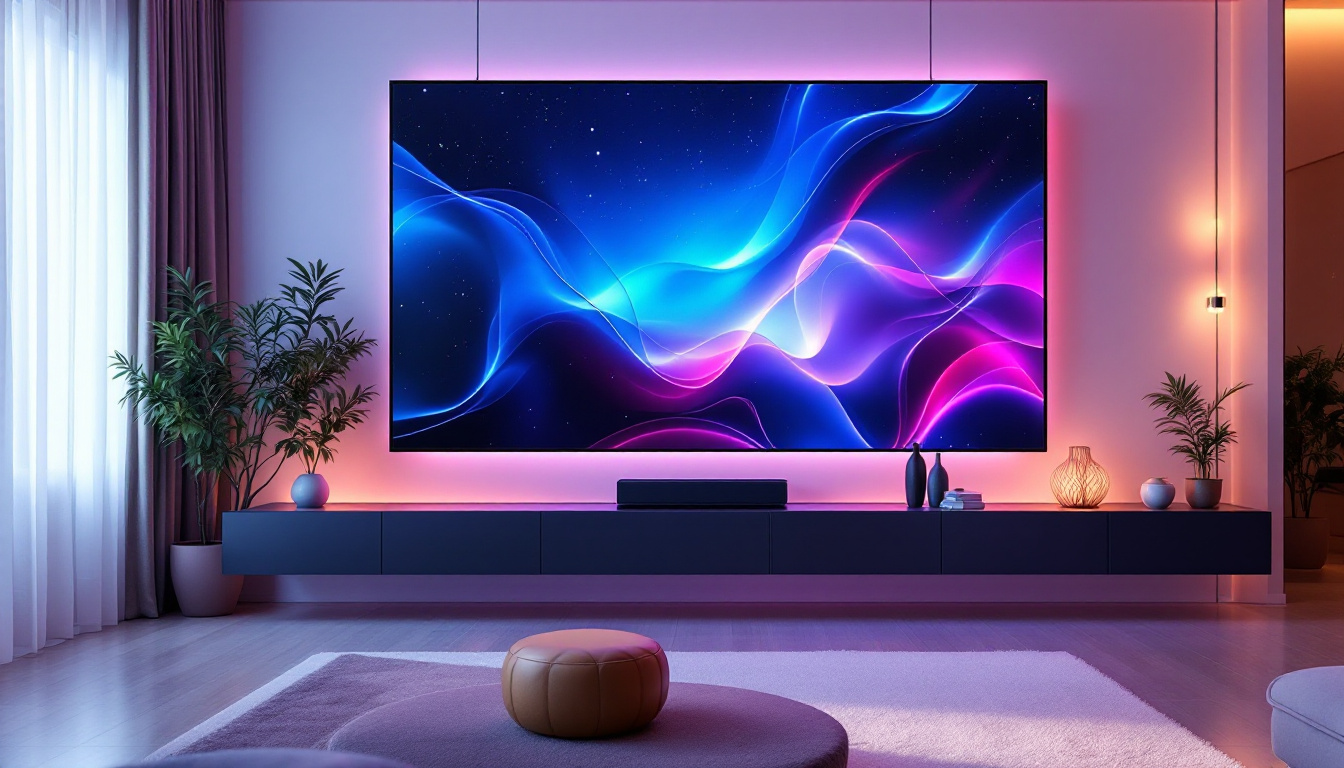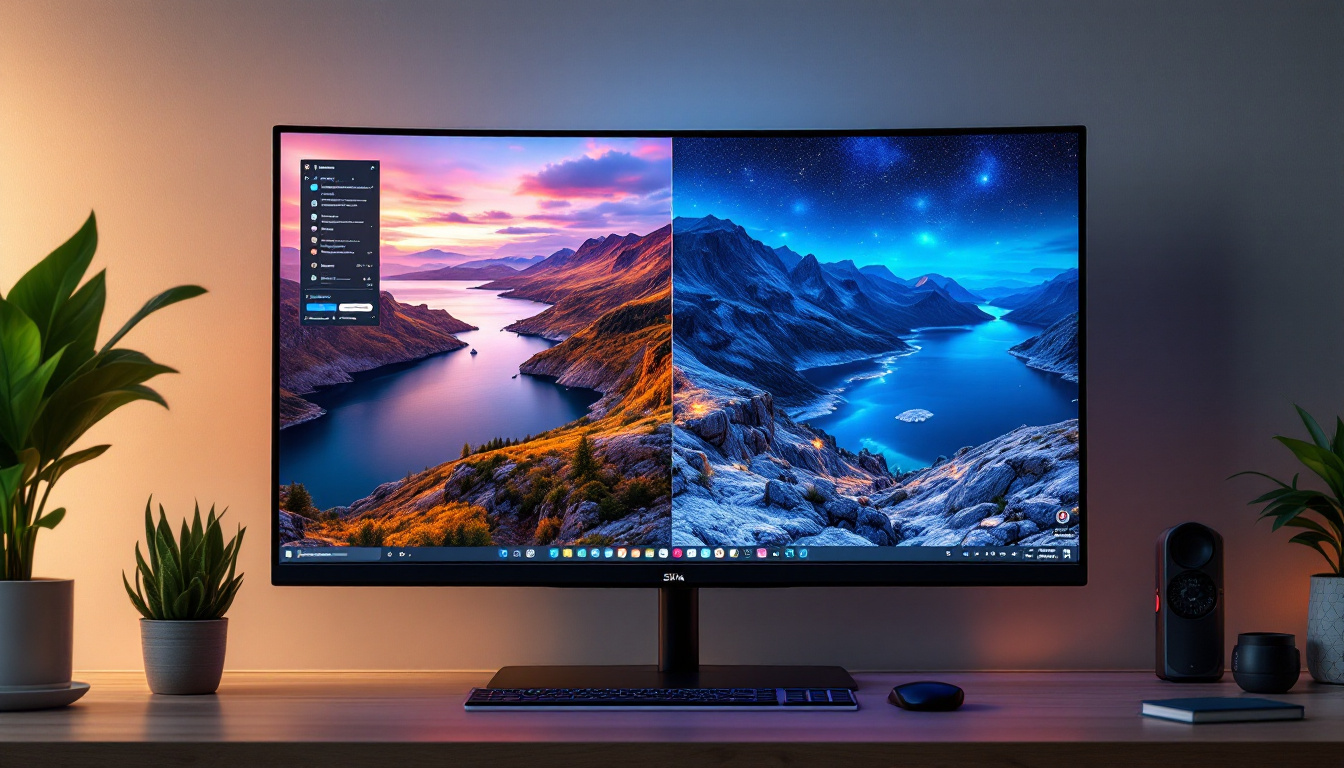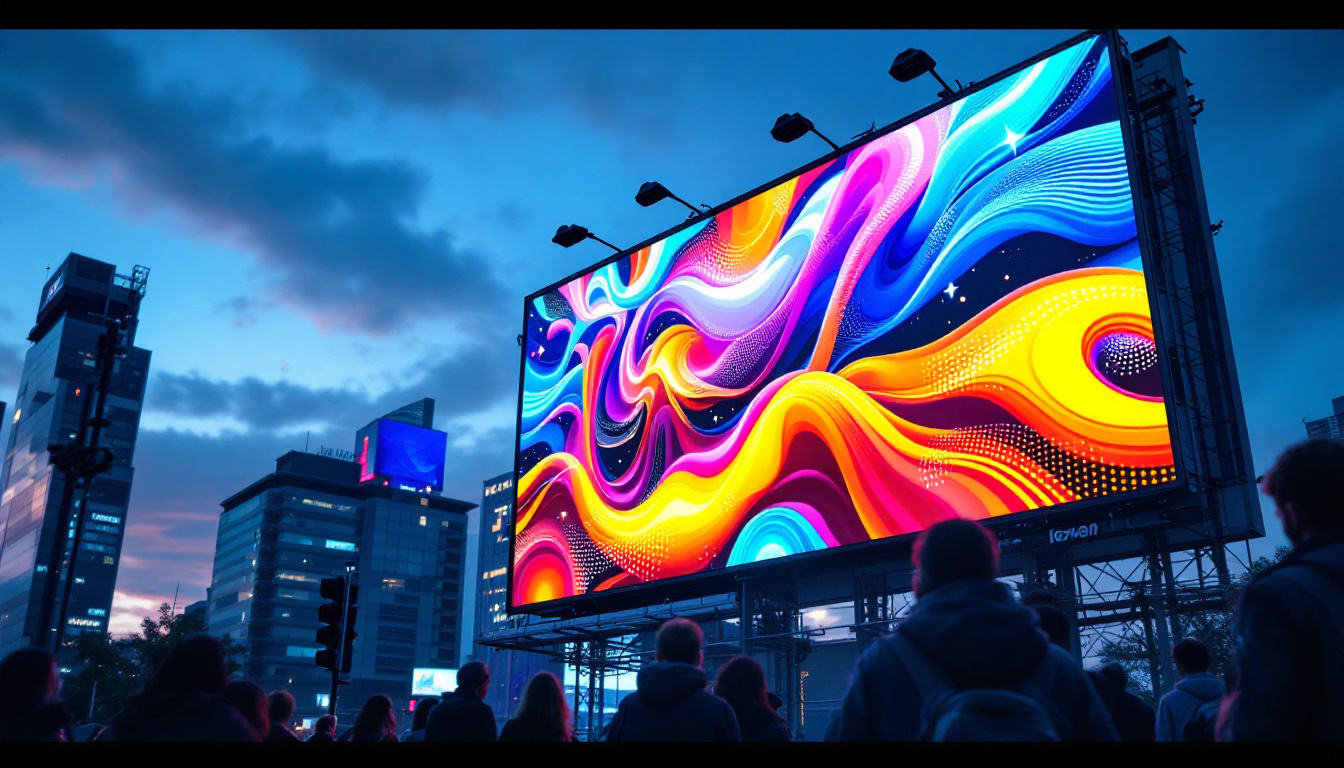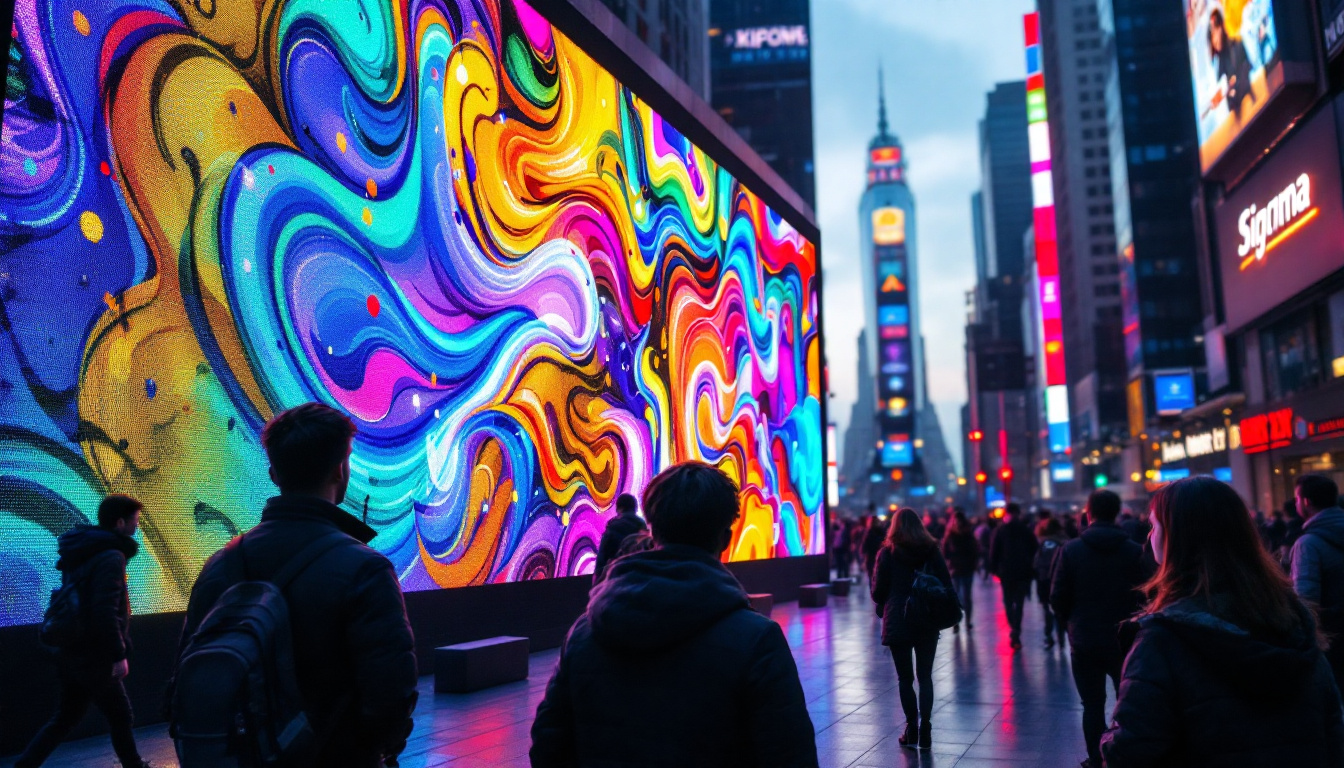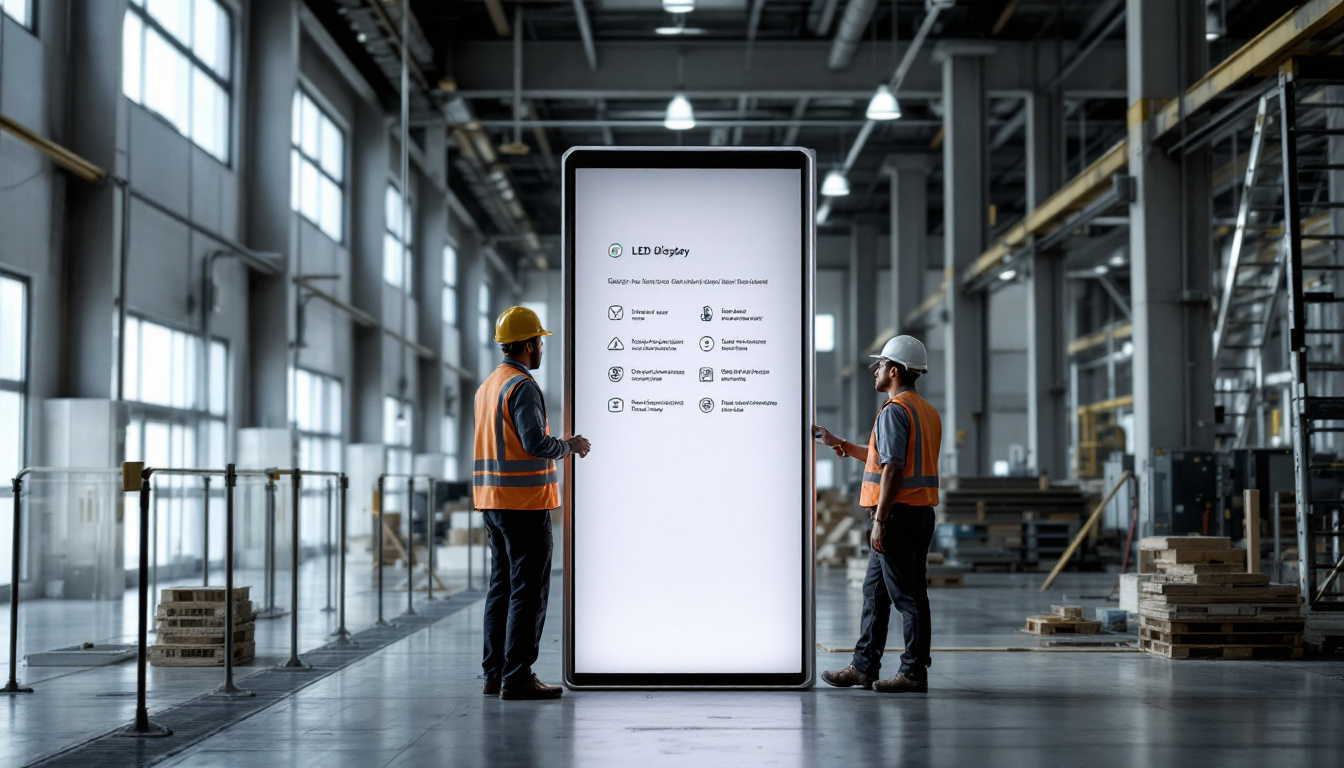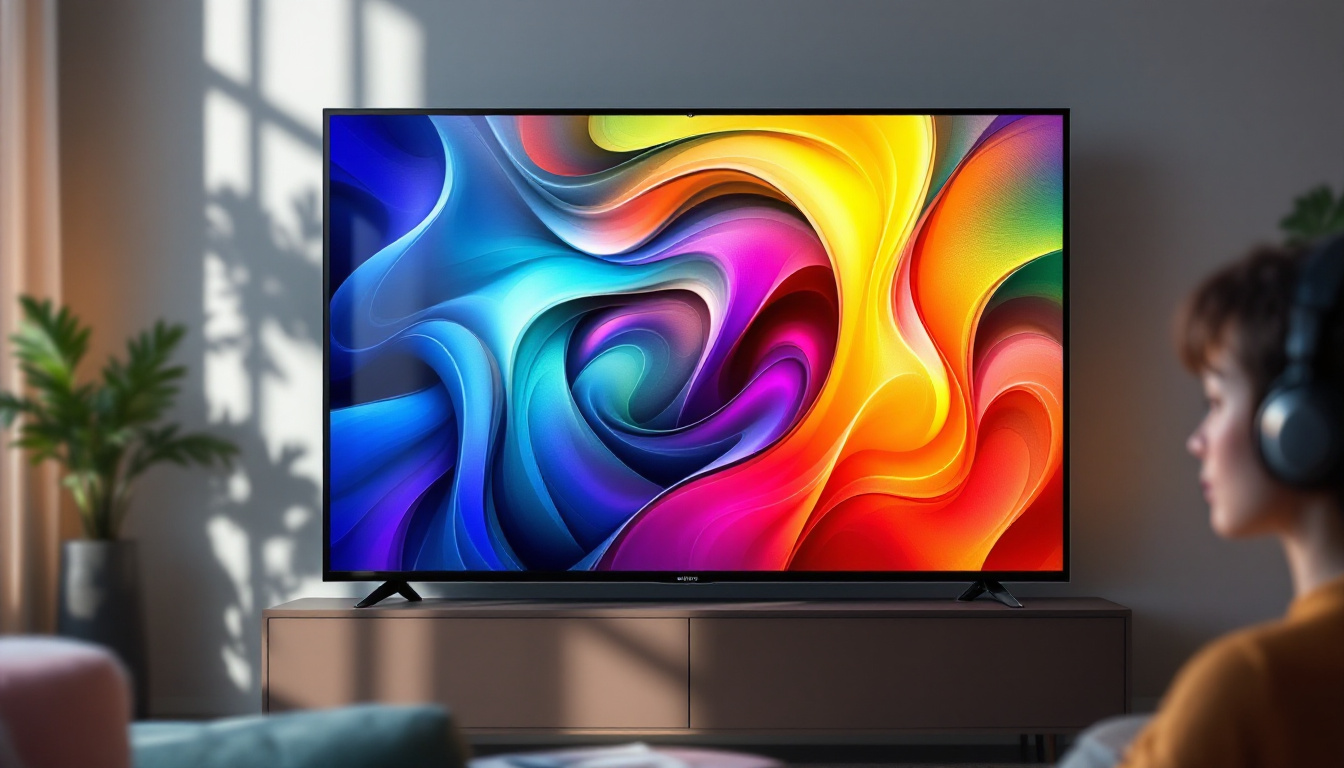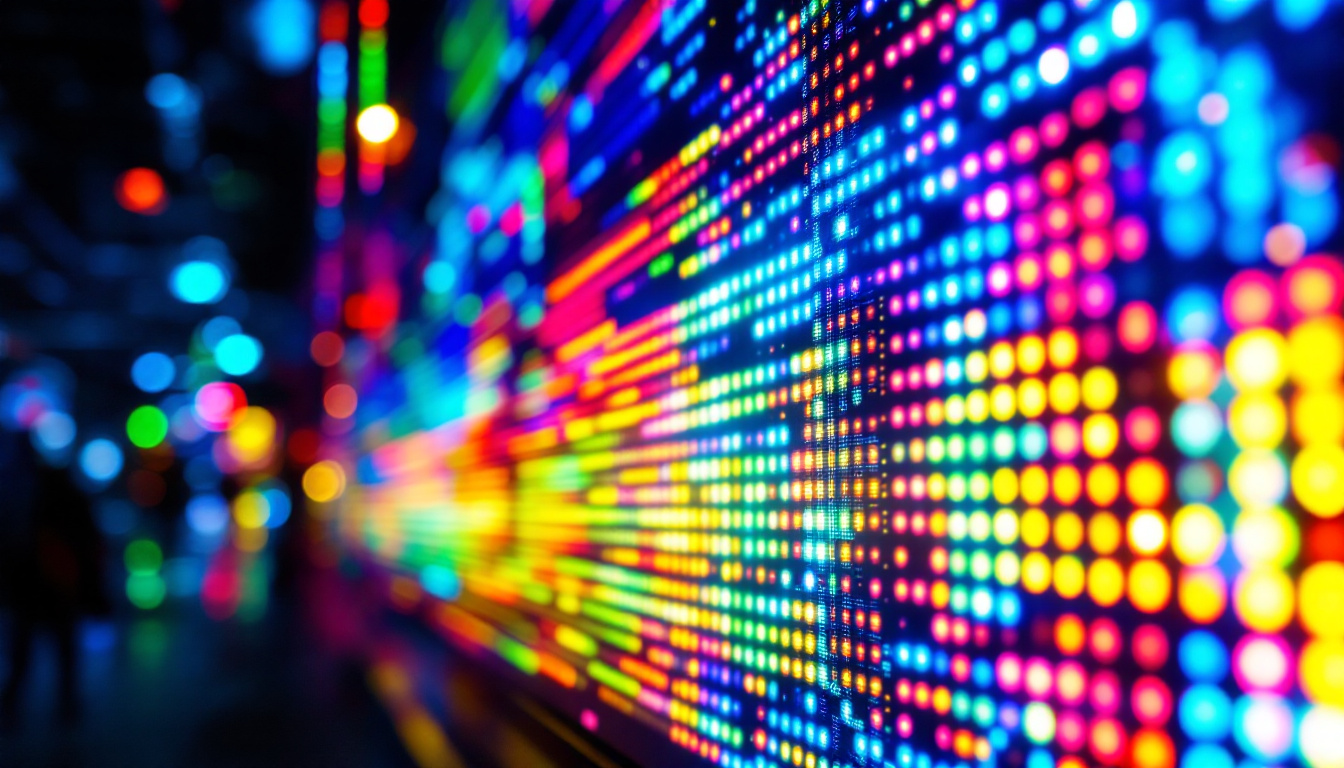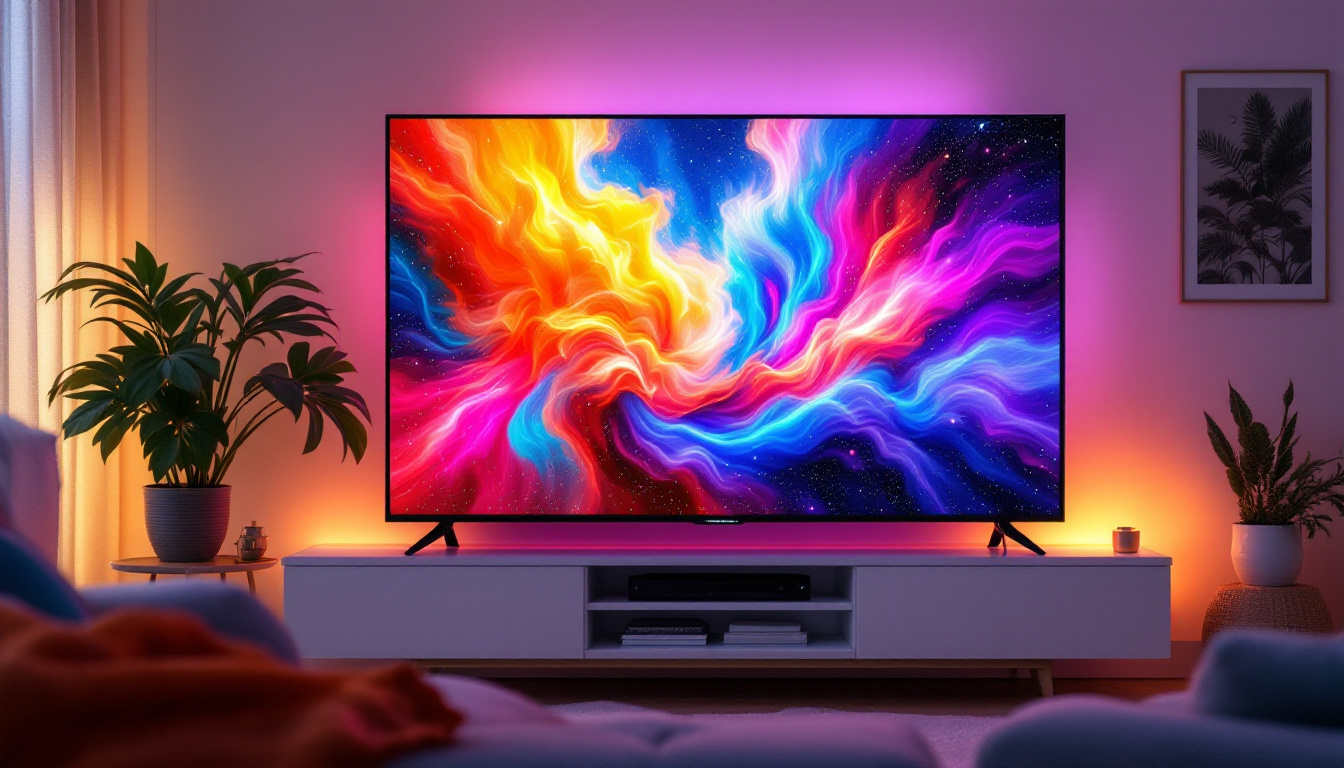In the contemporary retail landscape, the use of LED displays has become increasingly prevalent. These vibrant screens not only capture attention but also enhance the overall shopping experience. This article delves into the intricacies of LED displays, their applications in showrooms, and the benefits they bring to both retailers and consumers.
Understanding LED Technology
LED, or Light Emitting Diode, technology has revolutionized the way visual content is displayed. Unlike traditional lighting methods, LEDs are energy-efficient and offer a broader spectrum of colors. This technology is particularly advantageous in showrooms, where the goal is to create an inviting and engaging environment. By utilizing LED lighting, businesses can not only reduce their energy costs but also enhance the overall aesthetic appeal of their space, drawing in customers and creating a memorable shopping experience.
Furthermore, the longevity of LED lights—often lasting tens of thousands of hours—means that showrooms can minimize maintenance costs and disruptions caused by frequent bulb replacements. This reliability allows businesses to focus more on their products and customer service rather than on lighting issues. Additionally, the low heat emission of LEDs contributes to a more comfortable atmosphere, as it reduces the need for excessive air conditioning, further promoting energy efficiency.
How LED Displays Work
LED displays function by passing an electric current through a semiconductor material, which then emits light. This process is efficient and allows for the creation of bright, vivid images. The pixels in an LED display are made up of red, green, and blue diodes, which combine to produce a wide array of colors. This capability is essential for showcasing products in their best light. The precision of LED technology also enables dynamic content to be displayed, allowing showrooms to change promotions or highlight new arrivals effortlessly, keeping the visual experience fresh and engaging for customers.
Moreover, the adaptability of LED displays extends beyond simple color mixing. Advanced technologies, such as pixel mapping and dynamic brightness adjustment, allow for a more tailored visual experience. This means that the displays can adjust their brightness based on ambient light conditions, ensuring optimal visibility at all times. Such features not only enhance the viewing experience but also contribute to the overall energy efficiency of the display system.
Types of LED Displays
There are several types of LED displays, each suited for different applications within showrooms. The most common types include:
- Indoor LED Displays: These are designed for use in enclosed spaces and typically offer higher resolution for detailed images.
- Outdoor LED Displays: Built to withstand the elements, these displays are often larger and designed for visibility in bright sunlight.
- Transparent LED Displays: These innovative displays allow for visibility through the screen, making them ideal for window displays without obstructing the view of the products behind them.
In addition to these, there are also flexible LED displays that can be curved or shaped to fit various design aesthetics, allowing for creative installations that can enhance the showroom’s branding. Each type of LED display comes with its own set of features and benefits, making it essential for showroom managers to carefully consider their specific needs and the environment in which the displays will be used. By selecting the appropriate type, businesses can maximize the impact of their visual merchandising strategies and create an immersive shopping experience that resonates with customers.
The Role of LED Displays in Showrooms
In showrooms, LED displays serve multiple purposes. They enhance product visibility, convey brand messaging, and create an immersive shopping experience. By integrating LED displays into their design, retailers can effectively communicate with customers and showcase their offerings in a dynamic way.
Enhancing Product Visibility
One of the primary functions of LED displays in showrooms is to enhance product visibility. Bright, colorful displays can draw attention to specific items, making them more appealing to potential buyers. This is particularly important in competitive retail environments where capturing customer interest is crucial.
For instance, a car showroom might use LED displays to highlight the features of a new model, showcasing high-definition videos that illustrate the vehicle’s capabilities. This not only informs customers but also creates a memorable experience that can influence purchasing decisions.
Brand Messaging and Storytelling
LED displays provide a platform for retailers to convey their brand messaging effectively. Through dynamic content, brands can tell their stories, share promotions, or highlight customer testimonials. This storytelling aspect is vital in creating an emotional connection with consumers.
For example, a fashion retailer might use LED displays to showcase a seasonal collection, featuring videos of models wearing the latest styles. This not only informs customers about new arrivals but also inspires them to envision themselves wearing those outfits.
Creating an Immersive Experience
Beyond product visibility and messaging, LED displays contribute to creating an immersive shopping experience. By incorporating interactive elements, such as touchscreens or augmented reality features, retailers can engage customers in new and exciting ways.
Imagine walking into a technology showroom where you can interact with a large LED display to explore product specifications or watch tutorials. This level of engagement not only enhances the customer experience but also encourages longer visits and increases the likelihood of purchases.
Benefits of LED Displays in Retail Showrooms
The integration of LED displays in retail showrooms offers numerous benefits that can significantly impact a retailer’s success. From energy efficiency to enhanced customer engagement, the advantages are compelling.
Energy Efficiency and Cost Savings
One of the standout benefits of LED technology is its energy efficiency. Compared to traditional display methods, LED displays consume significantly less power. This not only reduces operating costs but also aligns with sustainability goals, which are increasingly important to consumers.
Retailers can save on energy bills while also promoting their commitment to environmentally friendly practices. This dual benefit can enhance a brand’s reputation and appeal to eco-conscious consumers.
High-Quality Visuals
LED displays are known for their high-quality visuals, providing bright and vibrant images that attract attention. This quality is essential in a showroom setting, where the goal is to present products in the best possible light.
The clarity and detail that LED displays offer can make a significant difference in how products are perceived. For example, a jewelry store utilizing high-resolution LED displays can showcase intricate designs and gemstones, captivating customers and encouraging purchases.
Flexibility and Versatility
LED displays are incredibly versatile, allowing retailers to change content easily and frequently. This flexibility is advantageous for promotions, seasonal displays, or new product launches. Retailers can quickly update their messaging to reflect current trends or inventory changes.
This adaptability not only keeps the showroom fresh and engaging but also allows for targeted marketing strategies. For instance, a furniture showroom can showcase different styles or collections based on seasonal trends or customer preferences.
Challenges and Considerations
While the benefits of LED displays are significant, there are also challenges and considerations that retailers must address. Understanding these factors can help in making informed decisions regarding the implementation of LED technology.
Initial Investment Costs
The initial investment for LED displays can be substantial. Retailers must consider the costs associated with purchasing, installing, and maintaining these systems. However, it is essential to view this as a long-term investment, as the energy savings and increased sales can offset the initial expenses over time.
Additionally, advancements in technology have led to more affordable options, allowing even smaller retailers to benefit from LED displays without breaking the bank.
Maintenance and Technical Support
Like any technology, LED displays require regular maintenance to ensure optimal performance. Retailers should factor in the costs and logistics of maintaining these systems, including potential repairs and technical support.
Choosing a reputable supplier who offers ongoing support can alleviate some of these concerns. This partnership can ensure that the displays remain functional and visually appealing, enhancing the customer experience.
Content Management
Effective content management is crucial for maximizing the impact of LED displays. Retailers must invest time and resources into creating engaging and relevant content that resonates with their target audience. This can involve hiring professionals or using specialized software to manage and update content efficiently.
Without a well-thought-out content strategy, the potential of LED displays may not be fully realized, leading to missed opportunities in customer engagement and sales.
Future Trends in LED Displays
The world of LED displays is constantly evolving, with new technologies and trends emerging regularly. Staying informed about these developments can help retailers maintain a competitive edge in the market.
Advancements in Display Technology
As technology advances, LED displays are becoming even more sophisticated. Innovations such as microLED and OLED technologies are paving the way for displays that offer enhanced color accuracy, contrast ratios, and flexibility in design.
These advancements will likely lead to even more creative applications for LED displays in showrooms, allowing retailers to push the boundaries of visual merchandising.
Integration with Smart Technology
The integration of LED displays with smart technology is another trend to watch. Retailers are increasingly leveraging data analytics and artificial intelligence to create personalized shopping experiences. Smart displays can adapt content based on customer behavior, preferences, and demographics, enhancing engagement and driving sales.
This level of personalization can significantly impact customer satisfaction, as shoppers feel more connected to the brand and its offerings.
Focus on Sustainability
As consumers become more environmentally conscious, the demand for sustainable practices in retail is growing. LED displays, with their energy efficiency and longevity, align well with this trend. Retailers are likely to focus on sustainable sourcing and production methods for their displays, further enhancing their appeal to eco-conscious shoppers.
Incorporating sustainable practices not only attracts customers but also fosters brand loyalty, as consumers increasingly support businesses that prioritize environmental responsibility.
Conclusion
LED displays have transformed the retail showroom landscape, offering a dynamic and engaging way to showcase products and communicate brand messages. With their energy efficiency, high-quality visuals, and versatility, these displays provide numerous benefits for retailers and consumers alike.
While challenges such as initial costs and content management exist, the potential for increased sales and enhanced customer experiences makes the investment worthwhile. As technology continues to evolve, the future of LED displays in showrooms looks promising, with advancements that will further enhance their impact on the retail environment.
In a world where first impressions matter, LED displays stand out as a powerful tool for retailers seeking to captivate their audience and drive sales. Embracing this technology is not just a trend; it is a strategic move towards creating a more engaging and immersive shopping experience.
Discover the Future of Showroom Displays with LumenMatrix
Ready to elevate your retail space with the latest in LED display technology? LumenMatrix is at the forefront of creating immersive environments that captivate and engage. From Indoor and Outdoor LED Wall Displays to specialized solutions like Vehicle, Sports, and Floor LED Displays, our offerings are designed to revolutionize your visual merchandising. Embrace the future with our Custom, All-in-One, and Transparent LED Displays, and see how our commitment to innovation can transform your showroom experience. Check out LumenMatrix LED Display Solutions today and share your brand’s story with unparalleled impact and clarity.

